In a recent insight from producer Kensuke Tanabe about the development of the iconic Metroid Prime series, it becomes clear that the collaboration between Nintendo and the U.S.-based Retro Studios was not without its challenges. The book "Metroid Prime 1-3: A Visual Retrospective" shares anecdotes revealing the creative tensions regarding design philosophies and expectations. Tanabe emphasizes that Metroid Prime emerged not as a planned project but rather a spontaneous initiative directed by Shigeru Miyamoto, which shaped the futures of subsequent games. These tensions ultimately led to significant innovations, such as the Morph Ball mechanic, illustrating the power of cross-cultural collaboration in game design. The collective efforts of both studios resulted in a trilogy praised for its graphics and gameplay, with a remake of the first title receiving critical acclaim.
What is the significance of the collaboration between Nintendo and Retro Studios in Metroid Prime's development?The collaboration was significant as it combined unique cultural perspectives and methodologies from both Nintendo and Retro Studios, resulting in innovative design choices and gameplay mechanics that shaped the success of Metroid Prime. This partnership overcame initial creative tensions to deliver a groundbreaking game that set new standards in the industry.
Metroid Prime, released in 2002, revitalized the iconic Metroid franchise by delivering a first-person perspective that was unprecedented for the series. It melded exploration and combat in a way that redefined the action-adventure genre on consoles. Following its success, the trilogy not only extended the story of bounty hunter Samus Aran but also paved the way for future titles, including the highly anticipated Metroid Prime 4, which is set to launch on December 4, 2025, for Nintendo Switch and Switch 2.

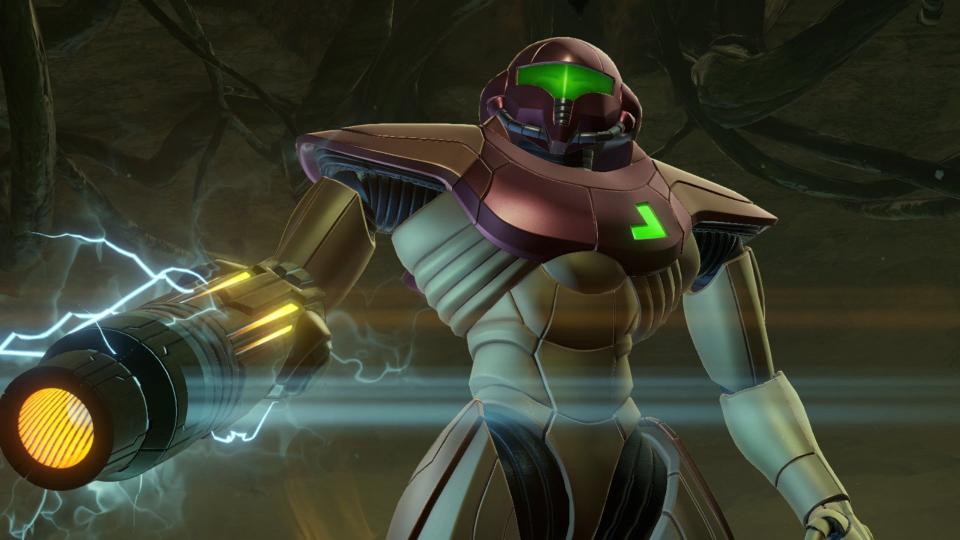
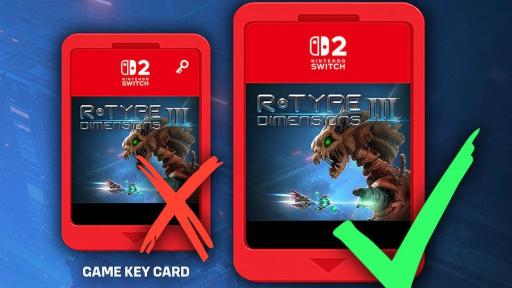
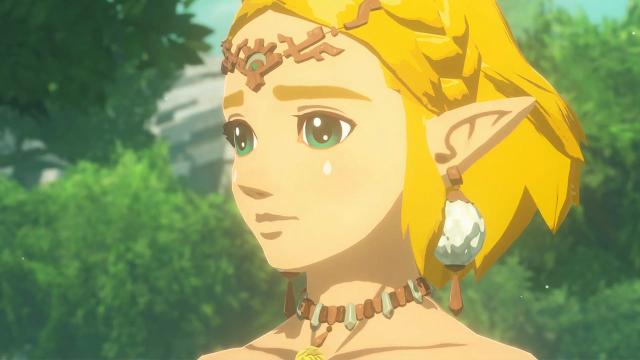




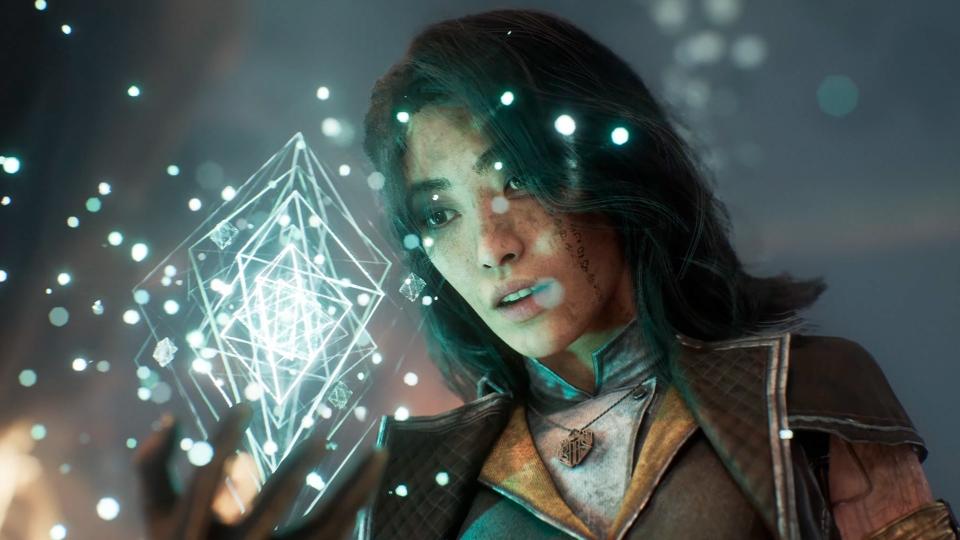
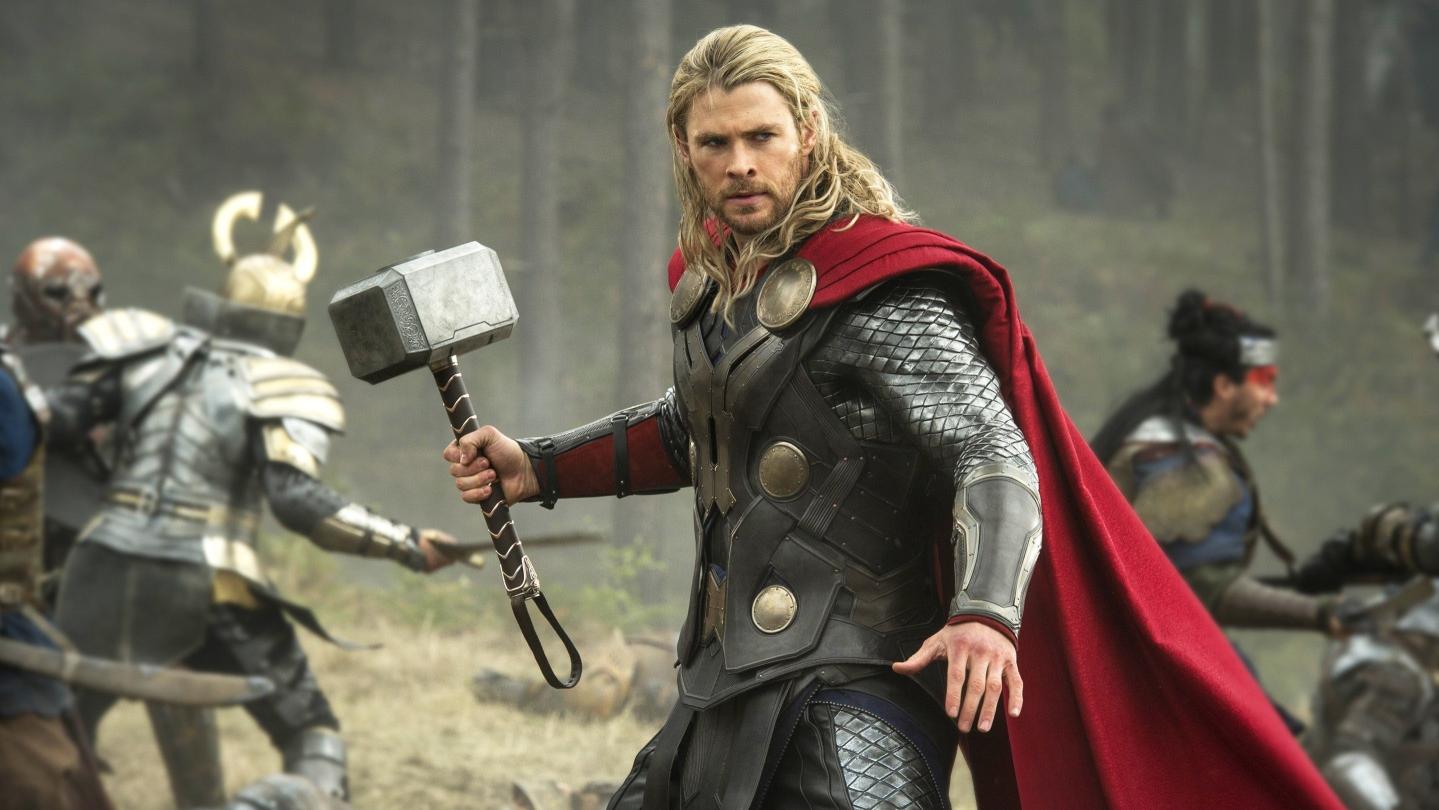
Comments
No comments yet. Be the first to comment!